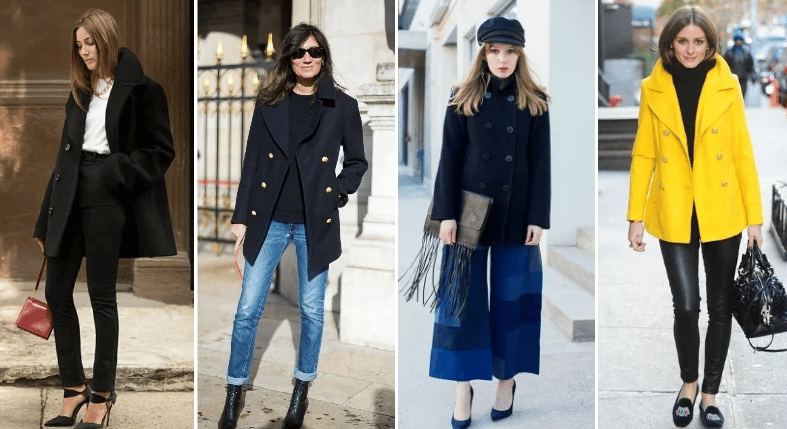Best Fabrics for Dresses: Best Fabrics for Making Dresses in 2024
Before you start your clothing line, you must know which are the best fabrics for dresses. There is a huge variety of fabrics. So, you must have to know which are the best fabrics for dresses and have a good market demand among consumers. So, today we will be sharing the best fabrics for dresses …
Best Fabrics for Dresses: Best Fabrics for Making Dresses in 2024 Read More »




